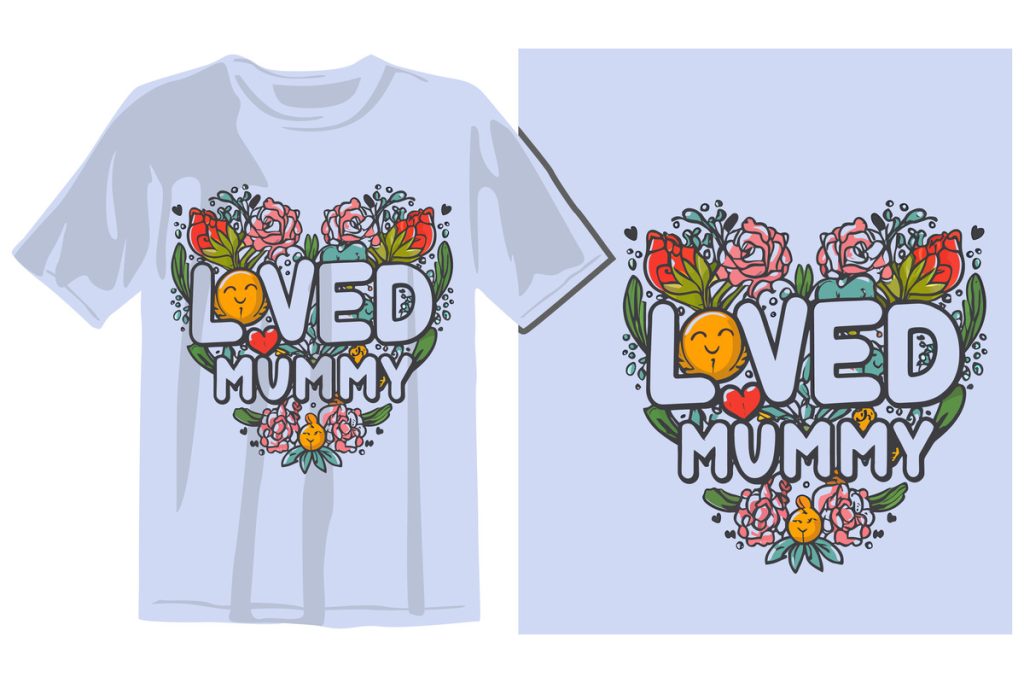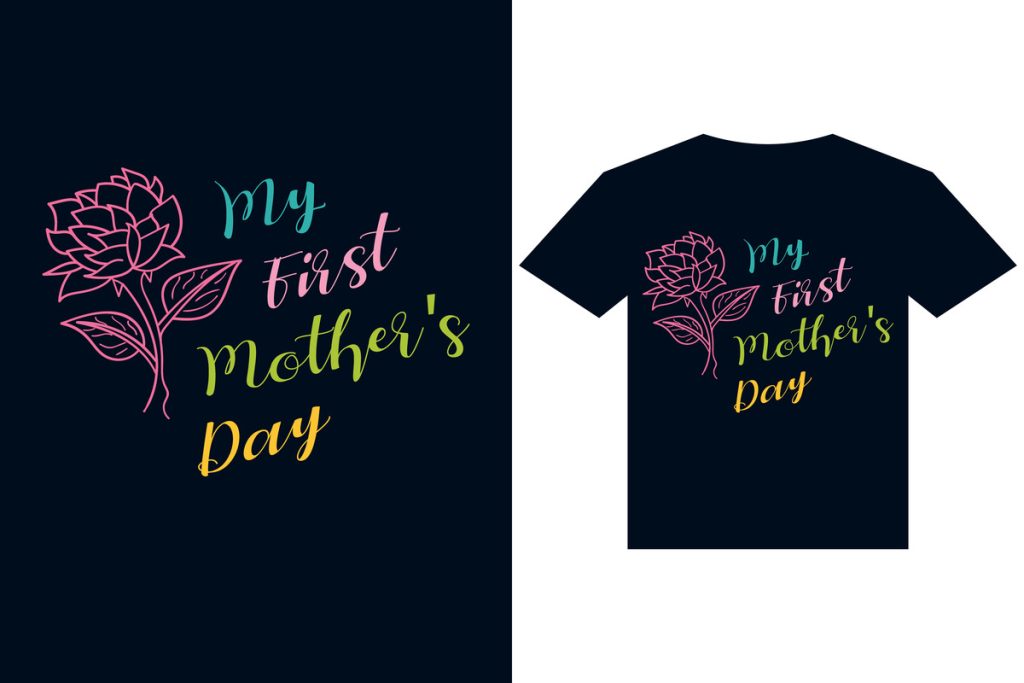Successful DTF transfers are transforming the landscape of custom printing, making it essential for print shop owners to understand and master this innovative technique. Direct-to-Film (DTF) printing stands out for its ability to deliver vibrant colors and exceptional detail, appealing to a diverse customer base. Whether you are a seasoned printer or new to the scene, refining your approach with effective DTF printing tips can significantly elevate your output quality. Implementing optimal heat press settings and following precise custom printing practices are just a couple of the vital steps that ensure impressive results. In the competitive realm of print shops, success hinges on embracing these practices and making informed decisions about materials and processes.
When it comes to achieving excellence in transfers using the DTF method, one must consider various aspects, including the right film transfer techniques and application methods. Many professionals are exploring Direct-to-Film transfers, which represent a modern approach to garment printing, offering an array of benefits that traditional methods may lack. Learning how to perfect your strategies can bring about not only aesthetic improvement in designs but also enhance the durability of the final product. Techniques such as fine-tuning your heat press settings and ensuring high-quality materials are crucial in making this printing method a robust choice for any establishment. Embracing innovative print shop techniques will empower you to meet evolving customer demands effectively.
Key Components for Successful DTF Transfers
To achieve successful DTF transfers, understanding the key components involved in the process is essential. The main elements include high-quality DTF films, premium inks, and an efficient transfer process. Selecting films with superior characteristics such as a high polyester content will not only ensure vibrant and saturated colors but also enhance the durability of the prints. When the right materials are combined with advanced printing technology, the result can lead to impressive, high-quality transfers that are favored by customers.
Moreover, keeping track of the origins of your supplies can significantly impact the overall quality of your DTF prints. It’s advisable to partner with trusted suppliers known for their reliability and consistency. Conducting tests with different brands of films and inks will help you identify which options yield the best results for your print shop. Investing time in research to select the best materials is a fundamental step that can lay the groundwork for successful DTF transfers.
Optimizing Printer Settings for Quality Prints
The role of printer settings in producing high-quality DTF transfers cannot be overlooked. For instance, setting the printer resolution to 1200 dpi is widely recommended as it provides an exceptional level of detail, crucial for intricate designs. Additionally, a correct color management strategy using specific color profiles ensures that the colors represented on the screen perfectly mirror those in the final print, battling discrepancies that might affect customer satisfaction.
Regular calibration of your printers is also essential. Consistent calibration helps maintain print quality over time, ensuring that your DTF transfers remain vivid and true to their intended colors. By developing a disciplined routine around printer settings and color profiles, your print shop can significantly enhance the reliability and quality of the products delivered to customers.
Importance of Correct Powder Application
Correct powder application is a critical step that directly affects the outcome of DTF transfers. The DTF powder should be applied immediately after printing, while the ink is still wet. If applied correctly, the powder binds effectively to the wet ink and ensures a smooth transfer process. An even distribution of the powder is vital, as it can prevent common issues like peeling and cracking, ensuring that your final product is both durable and visually appealing.
Investing in high-quality powder that adheres well to the ink can also improve overall transfer quality. Be sure to follow the manufacturer’s instructions for application thickness and technique. Practicing and refining this stage in the production process can lead to significantly better outcomes and minimize reprints, which can be costly and time-consuming in a busy print shop.
Mastering Heat Press Settings for Effective Transfers
Heat press settings play a pivotal role in facilitating the perfect transfer of DTF prints to garments. Typically, setting your heat press to around 315°F for a duration of 15-20 seconds works effectively, though adjustments may need to be made based on the specific materials being used. Always refer to the manufacturer’s guidelines for the DTF films you’re working with, as variations in materials may require different temperature and time settings to avoid damaging the transfers or the fabric.
Furthermore, ensuring consistent pressure during the pressing process helps to secure a strong bond between the DTF transfer and the substrate. Utilizing a heat press with adjustable settings allows for more accurate control, thus optimizing the quality of the final result. By continually monitoring and fine-tuning these heat settings, you can greatly increase the likelihood of a successful transfer on every job.
Post-Press Techniques for Long-lasting Results
Post-press treatment is another critical factor that can influence the longevity and quality of your DTF transfers. After pressing, it’s essential to allow the transfer to cool down before peeling off the film. This step is crucial as premature peeling can compromise the bond between transfer and fabric, resulting in poor adhesion and potential product defects that will lead to customer dissatisfaction.
In addition to cooling, some production techniques may include a second curing stage to ensure the transfer is thoroughly set, especially for designs that will face rigorous wear and tear. Understanding and implementing effective post-press practices will extend the life of your transfers and enhance the overall quality of your custom printing offerings.
The Role of Staff Training in Successful DTF Transfers
The effectiveness of DTF transfer processes is heavily dependent on the skills and knowledge of your team. Providing proper training on all aspects of DTF printing, from setup and printing techniques to heat pressing and post-processing, is crucial for minimizing errors and ensuring efficient workflows. Workshops and training sessions aimed at enhancing industry-specific skills can help staff remain confident and competent in their roles.
Moreover, continuous education in the latest DTF printing practices will keep your team informed about advancements in technology and techniques, thereby enhancing productivity. Encouraging an environment of ongoing training will not only improve individual skills but also contribute to the overall success of your print shop, ultimately leading to better outputs and higher customer satisfaction.
Frequently Asked Questions
What are the best DTF printing tips for achieving successful transfers?
To ensure successful DTF transfers, focus on using high-quality materials like DTF films with high polyester content and vibrant inks. Adjust your printer settings for optimal resolution (around 1200 dpi) and manage colors accurately. Ensure even and sufficient DTF powder application while the ink is wet, and follow the correct heat press settings—typically around 315°F for 15-20 seconds. Also, pre-press garments to remove moisture and wrinkles for better adhesion.
How important are heat press settings in successful DTF transfers?
Heat press settings are crucial for achieving successful DTF transfers. Using the correct temperature and pressure is essential; a standard setting of approximately 315°F for 15-20 seconds works well for many DTF films. Always refer to the specific instructions provided with your DTF materials to avoid issues and ensure a strong bond between the transfer and the fabric.
What role does powder application play in the success of Direct-to-Film transfers?
Correct powder application plays a vital role in successful Direct-to-Film (DTF) transfers. It should be applied evenly and sufficiently while the printed ink is still wet. This is essential for ensuring that the DTF powder binds properly to the film, leading to better adherence during the transfer process, which helps prevent problems like peeling or cracking in the final product.
Why is pre-pressing garments important for DTF transfers?
Pre-pressing garments is important for successful DTF transfers because it removes moisture and wrinkles, creating a smooth and dry surface for the transfer. This ensures better adhesion of the DTF transfer to the fabric, resulting in a cleaner finish and reducing the risk of defects, thus enhancing the overall quality of your printed products.
What post-press treatments should be applied for successful DTF transfers?
For successful DTF transfers, allowing the transfer to cool down before peeling off the film is crucial. This cooling period ensures a strong bond between the transfer and the garment. Peeling too soon can misplace the transfer, leading to product defects that may disappoint customers.
How can staff training improve the success of custom printing practices in DTF?
Staff training is essential for improving custom printing practices in DTF. Proper training on every aspect of the DTF transfer process—from printing techniques to heat pressing and post-processing—can significantly reduce errors and improve workflow efficiency. Regular workshops can keep your team updated on the latest DTF innovations, enhancing the overall success of your transfers.
| Tip | Description |
|---|---|
| 1. Quality of Materials | Invest in high-quality DTF films and inks for superior durability and vibrant colors. |
| 2. Printer Settings | Adjust printer settings, especially resolution and color profiles, for optimal print quality. |
| 3. Correct Powder Application | Apply DTF powder evenly and while the ink is wet for proper adhesion during transfer. |
| 4. Heat Press Settings | Set heat press to appropriate temperature and pressure for effective bonding with fabric. |
| 5. Pre-Press Garment | Pre-press garments to eliminate moisture and wrinkles before applying DTF transfers. |
| 6. Post-Press Treatment | Allow the transfer to cool before peeling to ensure a strong bond with the garment. |
| 7. Curing | Consider a second cure for durability based on the materials used and application. |
| 8. Color Tests | Regularly perform color tests and calibrate printers to ensure color accuracy. |
| 9. Training Staff | Invest in training for staff to minimize errors and improve workflow efficiency. |
| 10. Customer Feedback | Gather customer feedback to improve processes and enhance satisfaction and loyalty. |
Summary
Successful DTF transfers are essential for any print shop looking to thrive in the competitive world of custom printing. By implementing the top 10 tips outlined above, including the use of quality materials and precise procedures, you can significantly enhance the quality of your transfers. Training your staff and actively seeking customer feedback will not only streamline operations but also lead to higher customer satisfaction. As DTF printing continues to evolve, keeping up with these best practices will position your print shop for long-term success, ensuring you stay ahead in the market.



